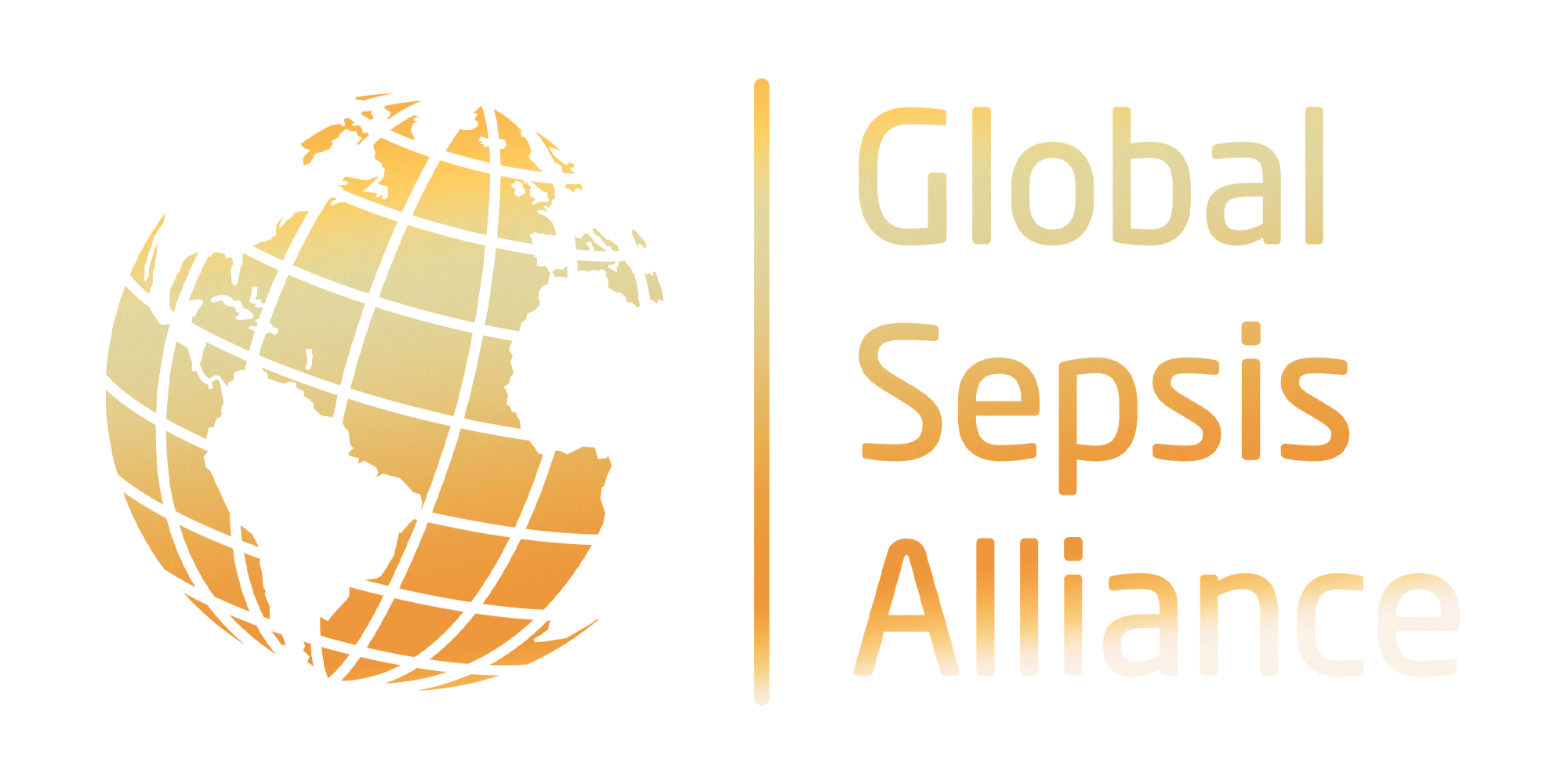Abdulelah’s COVID-19 Story – From National Healthcare Leader to COVID-19 Patient
As a healthcare professional (hepatobiliary surgeon), and as the leader of our national patient safety organization (Saudi Patient Safety Center), you think that you have seen it all. Well, that perception had to be re-evaluated the moment I was told: “You tested positive for COVID-19…”
The story began on Friday, March 20, 2020, when I started complaining of flu-like symptoms. It was unusual for me to get the flu at this time of year, as I’ve been blessed with great health and very good immunity. Over the past couple of years, I hardly even got sick with a mild cold. So, when I got severe flu-like symptoms, I was concerned.
Out of precaution, I decided to stay in home isolation, just in case. Over the next 3 days, my symptoms didn’t get better – high fever, sweating, generalized ache, diarrhea, cough, chest pain, and loss of sense of smell. As healthcare professionals, we were always “cautioned not to play the role of our own doctors”, but I was pretty sure that I had community-acquired pneumonia, based on my symptoms. I managed to start myself on Azithromycin orally. 36 hours after starting the antibiotic, it became clear to me that the treatment was not helping as my symptoms persisted- they had actually gotten worse. It was at that time that I checked myself into one of the tertiary hospitals in Riyadh.
At the emergency department, my temperature was 39.5° with a heart rate of 91 (which was high for me as I usually run in the 60s). I didn’t need any oxygen support as my O2 saturation was 93-94 % on room air.
I was admitted to a negative pressure isolation room, and it was at that time that I realized I just made the transition from a “National Healthcare Leader” into a suspected COVID-19 patient. My chest x-ray showed signs of a left lower lung infiltrate consistent with acute community-acquired pneumonia. I ended up also having blood and sputum cultures taken, in addition to a nasopharyngeal swab for COVID-19. To cover all the bases, I was started on broad-spectrum IV antibiotics in addition to Hydroxychloroquine.
Within 24 hours, my results came back positive for COVID-19. I have to admit that, even though I couldn’t remember being exposed to any suspected or confirmed COVID-19 patients, I wasn’t surprised to be positive for two reasons:
My symptoms were so severe, which was very unusual for someone like me who hardly gets a mild cold.
My body’s response to Hydroxychloroquine was so pronounced. With the first 2 doses of it, I had shaking and chills for 30 minutes every time I took it.
36 hours after I was started on the Hydroxychloroquine, my fever subsided, and my other symptoms started to improve. The pleuritic chest pain continued for about 7 days. but eventually receded.
My overall hospitalization was for 4 days after which I was transferred to quarantine. In my country, the government in collaboration with several hotels have transformed a large number of hotels into “Quarantine Centers”. These centers deal with the following conditions:
Citizens coming back to the country from abroad.
Asymptomatic COVID-19 patients that didn’t need to be admitted to hospitals.
Symptomatic COVID-19 patients who just finished treatment and no longer require to be in the hospital.
I belonged to the third category. The protocol is that you must have two consecutive negative swabs 24 hours apart before you are deemed ‘cured’ and be allowed to go back home. It took me 7 days after I got discharged from the hospital to have my first negative swab (the first two swabs were positive). After a total of 15 days in quarantine, I was given a clean bill of health (after 2 consecutive negative swabs) and was discharged home.
Here’s some reflection on my experience with COVID-19:
I am still unclear on how I contracted COVID-19 (most likely from an asymptomatic carrier as I was very careful with any suspected and/or confirmed COVID-19 individuals).
I had 4 days of severe flu-like symptoms where I isolated at home. Throughout my entire life (43 years), this qualifies to be the worst flu I had.
My hospitalization in a negative pressure isolation room was for 4 days. Even though I developed COVID-19 pneumonia, I never required oxygen or any other respiratory support.
I strongly believe that Hydroxychloroquine was effective and very instrumental in my speedy recovery.
My experience in isolation has highlighted a couple of potential safety risks:
Responsiveness to COVID-19 patients is poor due to a number of factors, one of which is the health workforce’s concern about contracting the virus from patients.
Identification of caring health workers (nurses, physicians, allied health), while they are wearing full PPE attire becomes very difficult. I suggest that health workers either put their photos or at least their names on their gowns so patients would be familiar with who’s looking after them.
The article above was written by Abdulelah Alhawsawi, and is shared here with his explicit consent. The views in the article do not necessarily represent those of the Global Sepsis Alliance. They are not intended or implied to be a substitute for professional medical advice. The whole team here at the GSA and the World Sepsis Day Movement wishes to thank Abdulelah for sharing his experience and for fighting to raise awareness for sepsis and patient safety.

